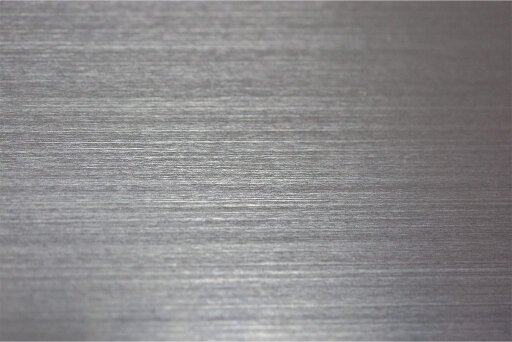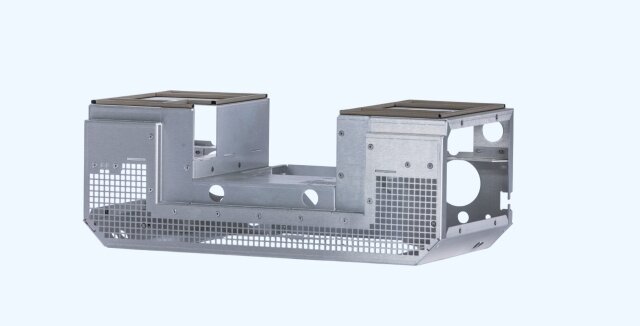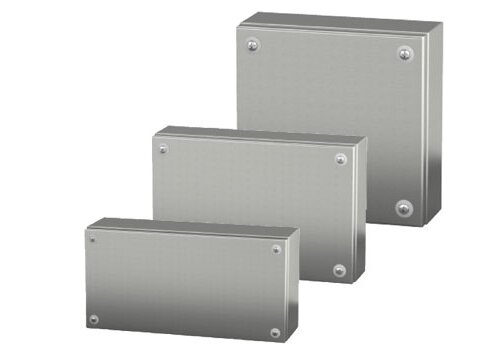Every business wants to lower costs, meet deadlines, and maintain consistent quality. However, when demand increases, in-house resources may not be enough. These problems often push companies to search for more flexible options. One solution is subcontract machining. It allows companies to boost output without spending heavily on new machines or hiring more staff.
Many businesses want to understand subcontract machining better before making a decision. Having the right information helps managers choose wisely. Look closely at subcontract machining works, what you can expect, and how it may benefit your business.
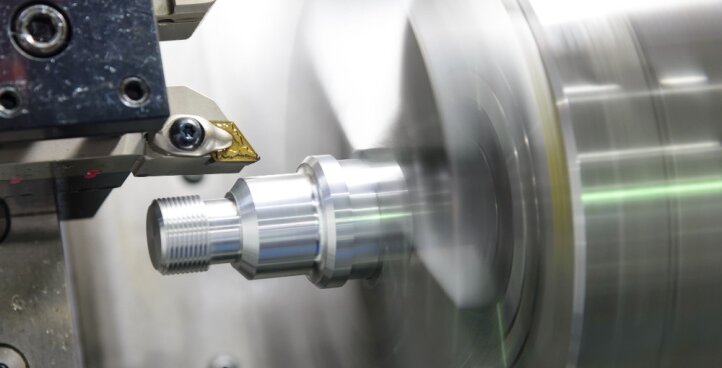
What Is Subcontract Machining?
Subcontract machining is when a company outsources part of its manufacturing work to an external machine shop. These shops focus on cutting, shaping, and finishing metal or plastic parts to precise specifications.
They often use CNC machines, turning centers, milling machines, or EDM equipment. The subcontractor works from detailed drawings or CAD files supplied by the main company. The finished parts are then ready to fit into larger products or assemblies.
This approach is common in industries such as automotive, aerospace, electronics, and medical devices.
How does it work?
The process starts with a design or drawing. The customer provides this along with material requirements, tolerances, and delivery schedules.
The subcontractor reviews the details and offers a quote. Once approved, they begin machining using their equipment. After production, the parts are inspected, packed, and shipped back to the customer.
Some subcontractors provide extra services such as heat treatment, surface finishing, or light assembly, while others focus only on raw machining. The scope depends on the agreement.
What Can Be Subcontracted?
Nearly any machined component can be outsourced. Examples include:
- Metal and plastic parts
- Precision components
- Prototype models
- Small or large production runs
- Simple brackets or complex housings
- Custom parts with tight tolerances
Milling, turning, drilling, tapping, welding, surface grinding, and EDM are common subcontracted processes. Many subcontractors handle jobs that require very high accuracy or materials that are difficult to machine in-house.
When Businesses Choose This Route?
Companies turn to subcontract machining when:
- They lack in-house equipment or capacity
- They face large or urgent orders
- They need complex parts that require special skills
- Their workforce is at full capacity
- They want to lower costs and reduce risk
- They are entering new markets or developing new products
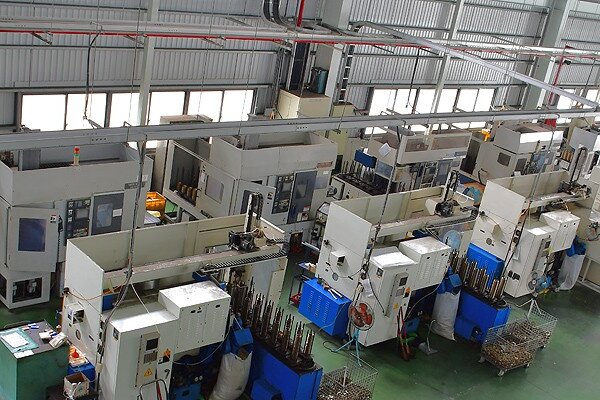
Advantages of Subcontract Machining
Subcontract machining helps businesses stay efficient and competitive. It provides flexibility, lowers investment risks, and supports project goals without stretching internal resources.
Cost Savings and Efficiency
Subcontracting reduces overhead. You don’t need to buy expensive machines, expand factory space, or hire new staff. Labor and training costs also drop.
Skilled subcontractors already have streamlined systems. Their processes reduce waste, minimize errors, and deliver consistent quality. This means higher efficiency and fewer production delays.
You pay only for the parts or batches you need. This keeps inventory levels under control and supports steady cash flow.
Access to Specialized Equipment
Some jobs require advanced machines that many businesses do not own. Subcontractors often invest in high-end tools like 5-axis CNC, wire EDM, or laser cutting systems.
Outsourcing allows you to access these technologies without the cost of buying or maintaining them.
This is especially useful for parts with tight tolerances or complex shapes. It lets you expand into projects that would be difficult to handle in-house.
Flexibility in Production Capacity
Subcontract machining gives your team more room to breathe. When your in-house machines are at full load, you can still meet deadlines by outsourcing.
Scaling up becomes easier, too. If a customer suddenly places a larger order, your subcontractor can help take on the extra work.
This keeps your main operations stable. It prevents overloading staff and avoids longer lead times.
Faster Project Turnaround
Outsourcing often speeds up production. Subcontractors focus on specialized tasks, so they complete them quickly and accurately.
For large projects, you can split the workload between your team and the subcontractor. This parallel approach saves time.
It also benefits new product development. Subcontractors can produce prototypes fast, allowing you to test ideas without slowing down your main production line.
Potential Challenges of Subcontract Machining
Subcontract machining offers many advantages, but it also carries risks. Understanding these challenges helps businesses prepare and avoid costly problems.
Quality Control Risks
Outsourcing means giving up some control over how parts are produced. The parts may be defective if the subcontractor doesn’t follow your specifications.
This can lead to rework, wasted material, and missed deadlines. Issues often come from unclear drawings, weak inspection methods, or inconsistent procedures.
To manage this, choose partners with proven quality systems such as ISO certifications. Request samples, set clear inspection plans, and schedule regular audits.
Communication and Coordination Issues
Poor communication is one of the biggest risks. If details are missing or misunderstood, mistakes are likely.
Time zone differences and language barriers can slow things down further. Even small errors in tolerance, material, or finish can make a part unusable.
The solution is clear documentation. Provide detailed instructions, share CAD models, and agree on check-in points to confirm progress.
Supply Chain and Delivery Concerns
Working with outside partners adds more steps to the supply chain. Delays may come from shipping, customs, or material shortages at the subcontractor’s facility.
Weather events or political factors can also disrupt schedules when dealing with international suppliers.
Confirm their lead times, capacity, and material availability to reduce risk. Build buffer time into your plans and keep backup suppliers in case of disruption.
Intellectual Property Protection
Sharing product designs can expose your intellectual property. Some businesses worry their drawings, ideas, or processes might be copied or misused.
To protect yourself, always use non-disclosure agreements (NDAs). Work with trusted partners who value long-term cooperation.
You can also limit the information you share. Provide only what they need to make the part, rather than the full design.
Industries That Rely on Subcontract Machining
Subcontract machining plays a big role in industries that need fast delivery, accurate parts, and steady quality. These industries often need tight tolerances, tough materials, and complex part shapes.
Aerospace
Aerospace companies depend on precise, lightweight parts that meet strict safety rules. These include brackets, housings, and turbine components.
Subcontractors are useful here. They handle small batches, difficult shapes, and tough materials like titanium or Inconel. Their advanced machines and inspection tools help meet high standards.
Automotive
The automotive industry uses subcontract machining for engine parts, gear components, brackets, and sensor covers.
Outsourcing helps car makers meet large orders without delays. It also supports quick changes when updating designs or developing electric vehicles.
Medical Devices
Medical products must be clean, safe, and extremely precise. Subcontractors often make items like surgical tools, implants, and frames for testing devices.
Materials like stainless steel and titanium are hard to work with. Subcontractors have the right tools and skills to machine these materials properly.
Electronics
Electronics need tiny, detailed metal parts for things like laptops, phones, and control panels. These parts must be smooth and exact.
Subcontract machining helps electronics companies get high-quality parts quickly, keeping them on track with new designs and growing demand.
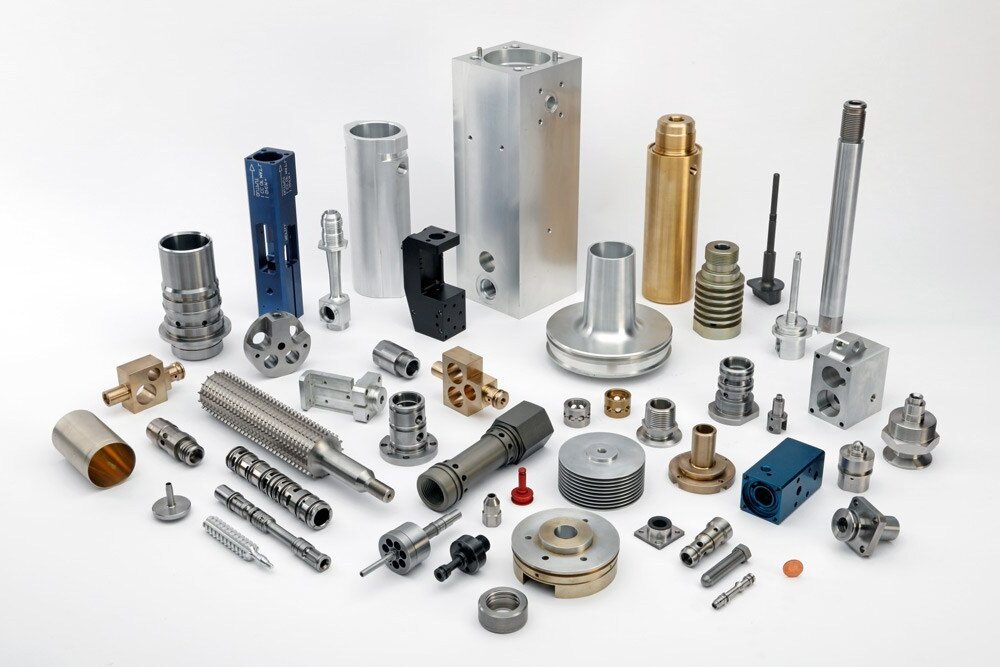
Best Practices for Managing Subcontract Machining Projects
Managing a subcontract machining project isn’t just about sending a purchase order. It requires planning, good communication, and a solid working relationship to be successful.
Clear Specifications and Drawings
Start by sharing clear and complete information. Provide accurate drawings, CAD models, material requirements, tolerances, surface finish needs, and inspection steps.
Avoid vague instructions. Use standard terms and units. This helps reduce misunderstandings and errors during production.
If possible, send 3D files. They give the subcontractor a better view of the part and help with complex shapes.
Regular Communication and Reporting
Keep communication going during the whole project. Set up regular check-ins to review progress and solve any problems early.
Use email, video calls, or project tracking tools. Ask for photos, samples, or reports at key stages.
When both sides stay in touch, it’s easier to catch issues, avoid surprises, and handle changes if they come up.
Risk Management and Backup Planning
Even with good planning, things can go wrong. Machines may break, materials might be late, or parts may need rework.
Prepare for these situations. Add some buffer time to your schedule. Work with more than one supplier if timing is tight or the job is important.
Ask your subcontractors about their backup plans. Know their staff size and equipment. The more you know, the better you can respond if problems happen.
Building Long-Term Partnerships
A great subcontractor is more than just a supplier. They’re part of your team.
If they know your needs well, they can suggest better designs, help cut costs, or speed up production.
Treat them fairly. Pay on time, give useful feedback, and recognize good work. Over time, strong partnerships lead to better results for both sides.
How to Select the Right Subcontract Machining Partner?
Choosing the right machining partner is a big decision. A good subcontractor adds skill, speed, and reliability to your supply chain. A poor choice can cause delays, mistakes, and extra costs.
Key Qualifications to Look For
Start with experience. Has the subcontractor made parts like yours before? Have they worked with your industry?
Check if their shop size and setup fit your needs. Can they handle your part volume, complexity, and schedule?
Also, look at how they manage projects. Do they give clear updates? Are they easy to reach? A responsive team helps things run smoothly.
Certifications and Industry Standards
Certifications help prove quality. Depending on your industry, you may want partners with:
- ISO 9001 – for general quality management
- AS9100 – for aerospace work
- ISO 13485 – for medical device production
These show they follow strict systems and trace every step in production.
Even if they don’t have formal certifications, ask what internal checks and standards they follow. Strong internal processes can still mean solid results.
Evaluating Technical Capabilities
Make sure they have the right machines. If your job needs 5-axis CNC, EDM, or special finishes, confirm they can handle it.
Check if their software tools match yours. Can they open your CAD files? Do they use CAM or simulations to reduce errors?
If possible, visit their workshop. A quick look at their machines, layout, and cleanliness says a lot about their work.
Reviewing Past Projects and References
Ask to see past work. Samples or case studies give you a feel for what they can do.
If you can, talk to other customers. Ask how the subcontractor handled quality, timelines, and problem-solving.
A partner with good reviews and proven results is more likely to meet your expectations and reduce surprises.
Conclusion
Subcontract machining is a smart way to boost production without expanding your shop. It helps cut costs, handle complex jobs, and stay flexible as demand changes.
You get access to skilled teams, advanced machines, and fast turnaround—all without buying new equipment or hiring more people. That’s why industries like aerospace, medical, and electronics rely on it daily.
Do you need custom-machined parts quickly? Let’s discuss your project. We’ll find the best process and get things moving quickly.
Hey, I'm Kevin Lee

For the past 10 years, I’ve been immersed in various forms of sheet metal fabrication, sharing cool insights here from my experiences across diverse workshops.
Get in touch

Kevin Lee
I have over ten years of professional experience in sheet metal fabrication, specializing in laser cutting, bending, welding, and surface treatment techniques. As the Technical Director at Shengen, I am committed to solving complex manufacturing challenges and driving innovation and quality in each project.

